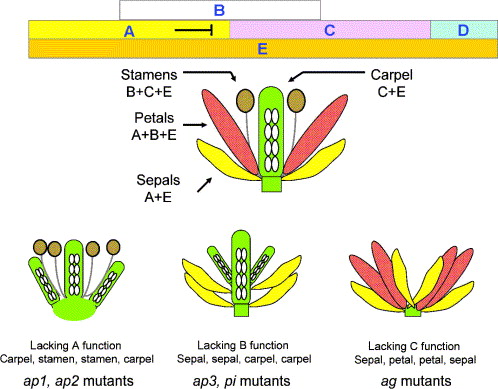
**Title: Leveraging Nature’s Model: The Rise of Microscopic Robots at UNC**
Researchers at the University of North Carolina have achieved progress in the domain of microscopic robotics, designing flower-like crystals from DNA and inorganic substances that resemble living beings more than conventional machines. These sophisticated entities exhibit extraordinary adaptations, reflecting natural phenomena such as the response of flower petals to sunlight or the rapid closure of a Venus flytrap.
The key innovation resides in the structural organization of DNA within these constructs. Variations in environmental conditions, like heightened acidity, trigger sections of DNA to fold, resulting in the closure of the petals. Once conditions normalize, the DNA unwinds, permitting the petals to reopen. This fluid movement presents exciting possibilities for drug delivery, disease biopsy methods, and efforts in environmental rehabilitation.
Dr. Ronit Freeman, who is spearheading this innovation at UNC’s Freeman Lab, imagines a future wherein intelligent shapeshifting materials can autonomously provide medication or cease activity when recovery is identified. Drawing inspiration from nature’s inherent designs, such as petal unfolding and coral behavior, Freeman’s group aimed to replicate these natural actions in synthetic materials.
These microscopic robots, driven by DNA sequences serving as nanoscale guides, are finely attuned to environmental stimuli. For example, an acidic tumor setting initiates petal closure, which may result in the release of therapeutic substances or sample collection. Following recovery, the constructs reopen, ready for further action if needed.
The distinctiveness of these crystalline flowers surpasses their mechanical changes observable at various scales. Similar to living tissues, these constructs transmit information from the nano to micro scale, marking a notable advancement in biomimetic technology.
The implications of this research reach beyond medical applications. Freeman anticipates environmental uses, such as biodegradable detoxifying agents for polluted areas and groundbreaking digital storage solutions leveraging the vast capacity of DNA architecture.
Built through DNA polymerization without templates, these flowers allow for customizable assembly and movement, determined by the spatial arrangement of specific DNA motifs. Currently in experimental phases, their responsiveness to the environment triggers catalytic reactions and reveals encoded data, demonstrating their dynamic adaptability.
This research represents a significant breakthrough in materials science, offering a vision of a future where reactive, adaptive systems blur the distinctions between nature and technology. Published in *Nature Nanotechnology*, this study illuminates a path for soft robotics and emphasizes principles similar to those found in living organisms.
For further details, refer to [Nature Nanotechnology](https://doi.org/10.1038/s41565-025-02026-8).